I made the following circuit. STM32's are STM32F103C8T6 (Blue Pills). I left out the obvious wires:
- All four components grounded together
- Supplied 5V to RX TJA 1050 from RX STM32
- Supplied 5V to TX TJA 1050 from TX STM32
simulate this circuit – Schematic created using CircuitLab
The TJA's are these ones:
Most important software running on TX STM32:
/* CAN init function */
static void MX_CAN_Init(void)
{
static CanRxMsgTypeDef CanRX;
static CanTxMsgTypeDef CanTX;
CAN_FilterConfTypeDef sFilterConfig;
hcan.Instance = CAN1;
hcan.pRxMsg = &CanRX;
hcan.pTxMsg = &CanTX;
hcan.Init.Prescaler = 8;
hcan.Init.Mode = CAN_MODE_NORMAL;
hcan.Init.SJW = CAN_SJW_1TQ;
hcan.Init.BS1 = CAN_BS1_12TQ;
hcan.Init.BS2 = CAN_BS2_5TQ;
hcan.Init.TTCM = DISABLE;
hcan.Init.ABOM = DISABLE;
hcan.Init.AWUM = DISABLE;
hcan.Init.NART = DISABLE;
hcan.Init.RFLM = DISABLE;
hcan.Init.TXFP = DISABLE;
if (HAL_CAN_Init(&hcan) != HAL_OK)
{
_Error_Handler(__FILE__, __LINE__);
}
sFilterConfig.FilterNumber = 0;
sFilterConfig.FilterMode = CAN_FILTERMODE_IDMASK;
sFilterConfig.FilterScale = CAN_FILTERSCALE_32BIT;
sFilterConfig.FilterIdHigh = 0x07ff;
sFilterConfig.FilterIdLow = 0x0000;
sFilterConfig.FilterMaskIdHigh = 0x07ff;
sFilterConfig.FilterMaskIdLow = 0x0000;
sFilterConfig.FilterFIFOAssignment = CAN_FILTER_FIFO0;
sFilterConfig.FilterActivation = ENABLE;
sFilterConfig.BankNumber = 14;
if (HAL_CAN_ConfigFilter(&hcan, &sFilterConfig) != HAL_OK)
{
Error_Handler();
}
}
In main:
..
hcan.pTxMsg->StdId = 0x100;
hcan.pTxMsg->ExtId = 0x01;
hcan.pTxMsg->IDE = CAN_RTR_DATA;
hcan.pTxMsg->IDE = CAN_ID_STD;
hcan.pTxMsg->DLC = 2;
while (1)
{
hcan.pTxMsg->Data[0] = 0x10;
hcan.pTxMsg->Data[1] = 0x1;
HAL_CAN_Transmit(&hcan, 10)
HAL_Delay(1000);
}
And on TX STM32 the same code for initializing the CAN, and following code in main:
if (HAL_CAN_Receive_IT(&hcan, CAN_FIFO0) != HAL_OK)
{
Error_Handler();
}
void HAL_CAN_RxCpltCallback(CAN_HandleTypeDef* CanHandle)
{
if ((CanHandle->pRxMsg->StdId == 0x100) &&
(CanHandle->pRxMsg->IDE == CAN_ID_STD) &&
(CanHandle->pRxMsg->DLC == 2))
{
printf("1");
}
However, the callback is never called.
What I see with a logic analyzer:
- CANH (Channel 2) and CANL (Channel 0) receive info
- Channel 4 is connected to RX STM32, CAN RX and does not receive anything
I see X's in the screenshot below, not sure if this is a problem.
What I did
- Replaced TJA's, no difference
- Put breakpoints on various places, everything seems ok, except the callback
Question:
- What should I change to be able to receive info at RX STM32, CAN RX?
Update
I found out there is some transmission problem:
within
HAL_StatusTypeDef HAL_CAN_Transmit(CAN_HandleTypeDef* hcan, uint32_t Timeout)
there occurs a timeout (last line):
while(!(__HAL_CAN_TRANSMIT_STATUS(hcan, transmitmailbox)))
{
/* Check for the Timeout */
if(Timeout != HAL_MAX_DELAY)
{
if((Timeout == 0U) || ((HAL_GetTick()-tickstart) > Timeout))
{
hcan->State = HAL_CAN_STATE_TIMEOUT;
/* Cancel transmission */
__HAL_CAN_CANCEL_TRANSMIT(hcan, transmitmailbox);
/* Process unlocked */
__HAL_UNLOCK(hcan);
return HAL_TIMEOUT;
}
}
}
I have not found out where this error comes from.
Also because of the error, nothing is send afterwards.
No more time now, I will check more tomorrow or Tuesday evening.
Other checks:
- Oscilloscope: not checked yet
- Resistance between CANL and CANH: 61.4 ohm (while not transmitting), when transmitting slightly less.
- Voltage while not sending between CANL and CANH is 0 V
- Adding a 120 R resistor between CANL and CANH does not make any difference (still a HAL_TIMEOUT).
Update
Still limited time, but I did a test without using transceivers, but directly with a simple circuit as described in this document (thanks to Maple). Relevant part:
However the result is still not working. The receiver sides are ALMOST equal, but the transmitter transmits barely nothing
- Channel 1: Transmitter TX
- Channel 2: Transmitter RX
- Channel 3: Receiver TX
- Channel 4: Receiver RX
On the detail (below), in the selected ramp there can be seen a slight difference (there are more of those). Since they are connected together, I would not expect these though, but maybe my cheap logic analyzer (5$) might cause these.

